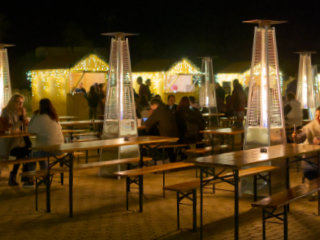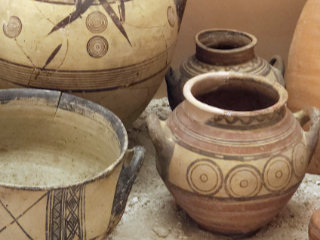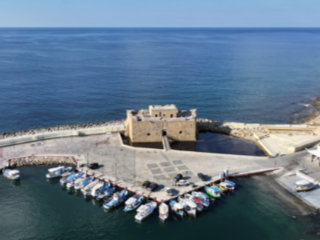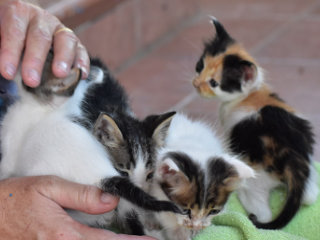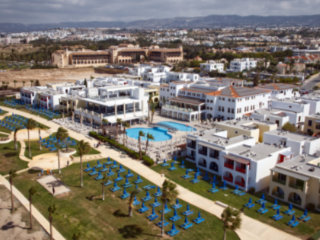Mousere
Clean Church
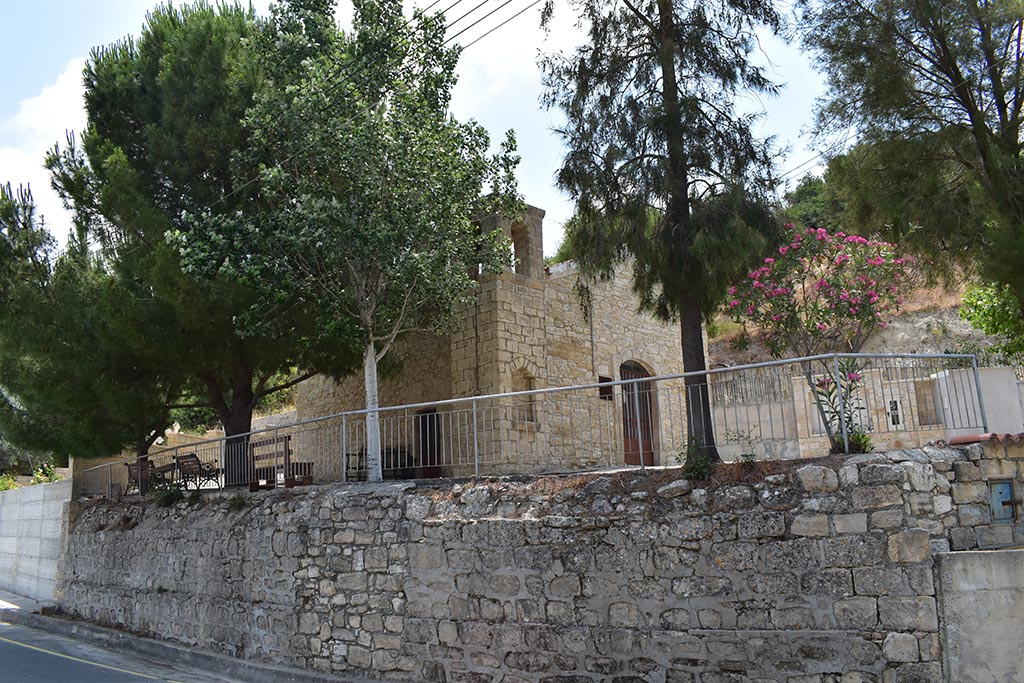
It is certainly very well looked after. While we were walking here, taking photographs, we were approached by one of the villagers, who greeted us and invited us for a coffee.

Cypriot Hospitality
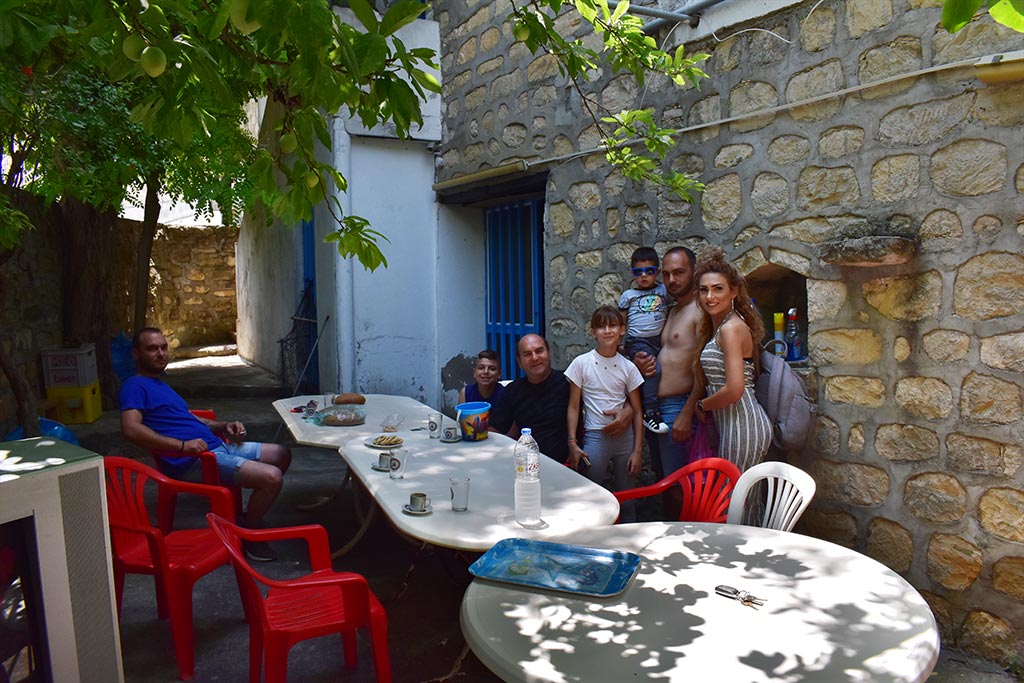
This is a trait I love about the Cypriots who inhabit the villages. They are very friendly and welcoming. We were invited for coffee and some delicious biscuits. I like Cypriot coffee. I know some people don't but once you get used to the fact that it is nothing like a cup of Nescafe, and appreciate it for what it is, I find it is a very refreshing drink. I like mine black and unsweetened: 'sketos'.
Now, as is fairly typical of Cypriot villages away from the tourist areas, English is not widespread. Fortunately, my friend speaks pretty good Greek, so we were able to have a conversation as we passed the time. I really must improve my Greek though.
The children actually seemed to know more English than they were letting on. Certainly, when I mentioned water bombs (It was Cataclysmos) the boy's ears pricked up and it was clear he knew exactly what I was talking about!
The man had lived in the village all his life, and his son went to the school behind the church. He also told us about the Australian in the other house, and the road that led to the third church.
As we were leaving, more of his family arrived, and we were able to get this shot of a happy Cypriot family.
Surprise!
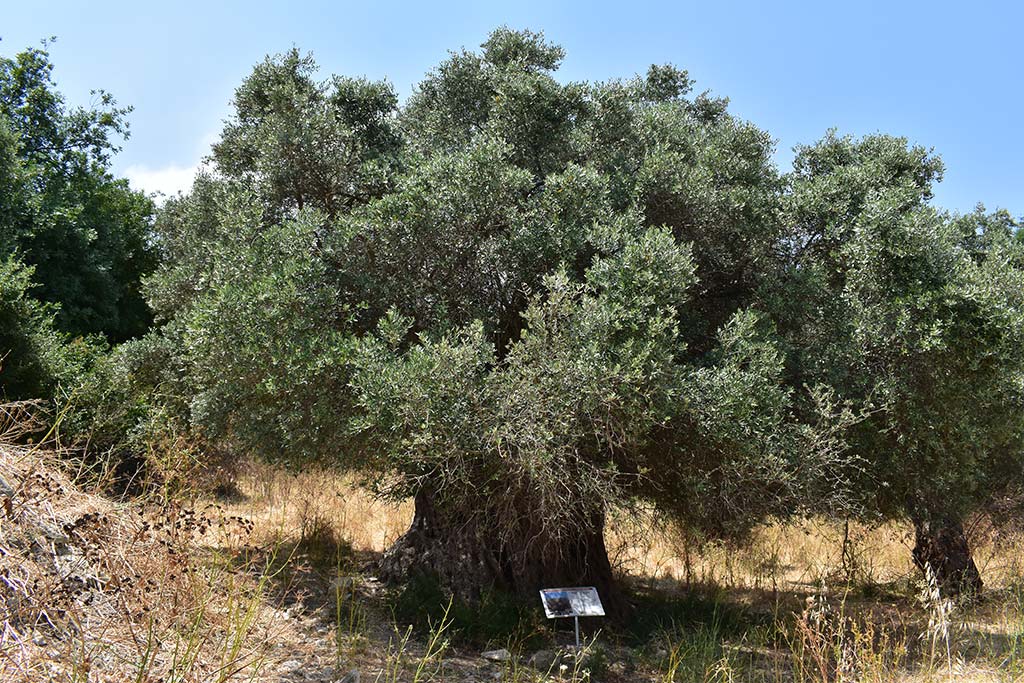
When we left Mousere, we decided to take the track that runs below the village in the direction of Archimandrita. We had seen a couple more ruins that way, though they turned out to be run-of-the-mill. We did however stumble upon this lovely old olive tree.
Protected!
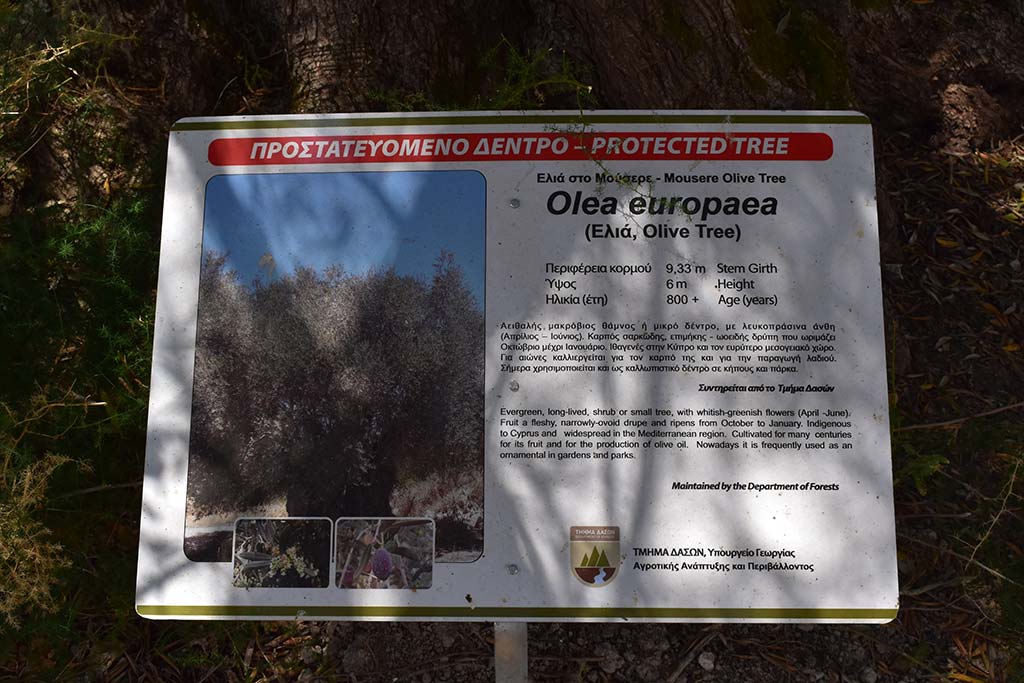
It was over 800 years old, and officially protected. There is something magical about these old olive trees. I shall have to pack a big tape measure in my car, as I now have several contenders for the biggest prize. I think this one may even be bigger than the one we found in the abandoned village of Prastio.
Final View

So, we bid farewell to Mousere. It turned out that this track did nothing more than turn back onto the main road. Still, we had had plenty of fun and enjoyed our walk around the village.
The region of Paphos is full of villages like this. It is very easy to drive through them on your way to the next tourist destination. But occasionally, you should stop, find somewhere safe to park the car, and get out and have a wander. You are bound to find something interesting to see, and who knows, you might make a new friend?
And if you want some help exploring villages, you should take a look at our roadtrip eBooks. Each of them will take you to similar places.
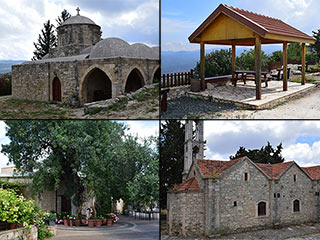
Road Trip 1: - The Kathikas Panagia Loop
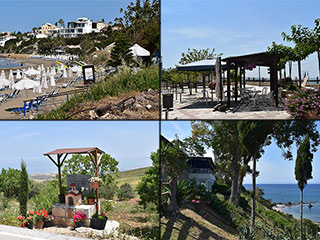
Page 6 of 6

Related Blogs:

Archimandrita
If you have ever driven up to the Troodos through the wind farms above Kouklia, you will have passed through Archimandrita. You probably drove straight through, as it is only the start of your journey. Next time, set off an hour or two earlier and allow yourself time to explore this little jewel...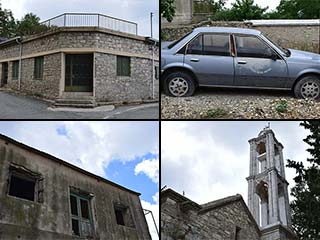
Abandoned Villages - Statos
Statos is unusual, as abandoned villages go. People deserted it not because of inter-communal fighting, but because of the threat of landslides. And then, no sooner had they emptied, some of the abandoned buildings were repopulated. Were villagers returning, or had outsiders moved in, prepared to take the risk of landslide?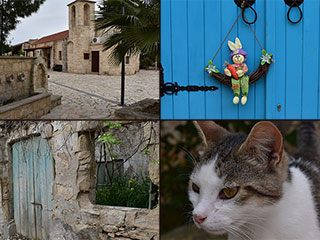
Pano Arodes
Pano Arodes is one of the gateways to the Akamas. It is a charming village between Kathikas and Droushia. We will be featuring it in our next eBook, so recently visited it to do some research. Naturally enough, we took lots of pictures while we were there...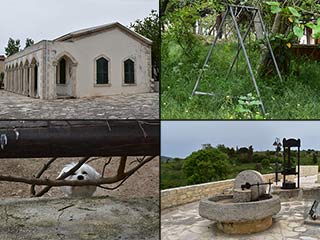
Kato Arodes
Kato Arodes is the sister village to Pano Arodes, which we recently visited. The main difference is that Kato Arodes was Turkish Cypriot before the troubles began. However, while there are signs of abandonment in places, the village certainly isn't dead...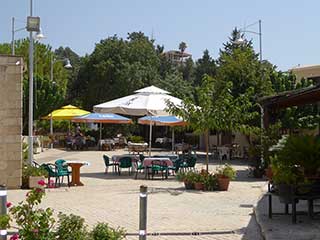
Simou
As promised at the end of our last blog about Skarfos Bridge, we now take a lot at the village of Skarfos, nestled 16km oustide of Polis, and see what it has to offer.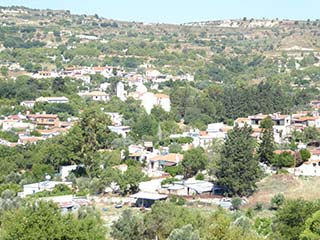
Letymbou
Over the last few months, we have blogged about a number of abandoned villages in the Paphos region. As the summer holidays are approaching we thought it would be nice to change the focus to the non-abandoned villages. First up is Letymbou. We chose this first because on a recent forum discussion somebody mentioned that Letymbou was famous for having TEN churches. We felt that needed investigation, as we had only ever seen two on our travels.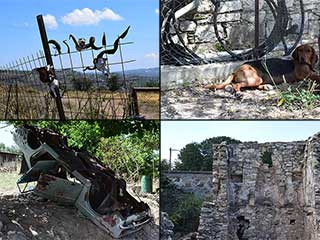
Abandoned Villages - Faleia
Faleia lies close to the abandoned village of Agios Fotios. It is abandoned because of the troubles, not because of any threat of landslides. According to online records, it has a population of two, and is in a desolate state. Judge for yourself just how desolate...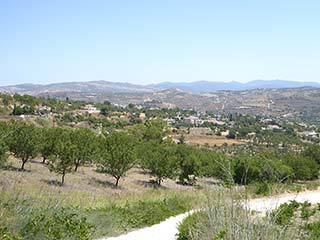
Giolou
Continuing our look at Cyprus villages, we are paying a trip to Giolou, which lies on the B7 between Stroumpi and Polis. What drew us there, you may ask? Read on and find out...Good Pages To Visit
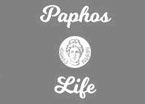
FB PagePaphos Life on Facebook
Like us on Facebook and stay notified of new blog posts.

FB PageOur Facebook Chat Group
Paphos Chat has been created for people who like our site and want to chat using Facebook. You can also easily upload photos of any size here. A lot of people are members of the Facebook chat group and the main forum. It's entirely up to you.
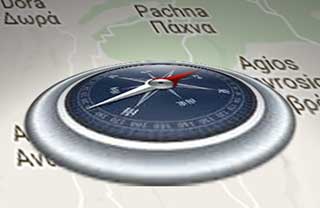
ListBlog Locations
Planning a day out? Then use our map of blog locations as a handy guide. Some of the places we visit our closer to each other than you might think, so take a look and start planning your next adventure...

eBookCyprus Road Trip 01: the Kathikas - Panagia Loop
Let me take you on a journey around the region of Paphos, Cyprus. Starting at Paphos itself, we travel to Akoursos, then Kathikas, Kritou Terra and Simou. We continue past Lasa and Kannaviou, before taking in the delights of Panagia. Getting a bit more adventurous, we visit the abandoned villages of Statos and Agios Fotios, before passing through Choulou, Letymbou and Polemi, and rejoining the main Paphos - Polis road.
The route is suitable for all types of vehicle, and requires no off-roading. The guide contains about 130 photographs including shots of all the road signs you need to pay attention to, as well as some of the highlights you may experience along the way.
There are also several maps which will help you keep your bearings.
You can do this journey in a day, or you can break it up into chunks. You can also do it in reverse, to get some completely different views. It is entirely up to you.



